I told you before I would talk a bit more about the Rolleiflex I use for shooting on film.
The camera is a Twin Lens Reflex, built in the late 50’s, so the camera is about 60 years old.
The construction with the two lenses, of which the upper lens is for viewing only (viewing lens) and the lower lens is for taking the image (taking lens) has advantages and disadvantages. In comparison to the older camera’s that used flat film sheets, where one had to remove the matte focusing screen before putting in the film holder for taking the image, this camera allows to shoot multiple images without moving anything. There is a 45° tilted mirror behind the viewing lens, projecting a mirrored image on the horizontal focusing screen.
Of course viewfinder camera’s existed as well, but they had no visual reference of the focusing plane, or the sharpness of the subject when changing focus. A photographer using a viewfinder camera had to use the distance scale on the lens, and the not so trusty guesswork for camera to subject distance.
Both lenses of the this TLR move forward and backward while focussing, and so provide an identical image on the ground glass as the image to be expected on the film. Still, the smallest amount of inaccuracy of the lens focusing mechanism leads to bad focusing, and I believe this camera suffers at least some looseness in the forward-backward movement.
Dealing with this complex mechanism of focusing, meant also that these camera’s are mostly fixed focal length. Some camera’s came in different focal length versions, but camera’s with interchangeable lenses where very rare. (Except for the Mamiya C)
This camera comes with a 75 mm f3.5 lens, it also existed in a f2.8 version, usually much more expensive on the secondhand market. 75 mm on 6×6 film format has an equal viewing angle to a 38 mm lens on Full frame DSLR, or a 24 mm lens on a 1.6 crop camera, so a rather ‘wide-standard’ viewing angle.
The lens is certainly not paramount, and suffers heavily from flare, as can be seen in the images below (does somebody have a lens hood for this camera for me?). An aperture of 3.5 gives a good amount of image unsharpness on medium format. 2.8 would be nicer of course. The images lack a bit of contrast and sharpness.
Composing with the mirrored image on the focusing plane is a bit of a habit.
Shutter speed range is limited, from 2 seconds to 1/500th of a second, thus mostly limiting the wide open apertures in bright light. The mirror does not move, since it is not obstructing the film plane, so there are not vibrations from this side. Activating the shutter however demands some finger movement (unlike today’s DSLR’s where pushing the shutter entirely only takes some tenth of a millimeter) causing some hand stress and maybe movement unsharpness. Shutter speeds as long as 1/15th. of a second seem not possible to me without image shake. Maybe with some more experience.
The camera has a built in exposure meter, but it no longer works, so exposer should be metered with another camera, or with a hand held meter, I use the latter.
Film for this camera is widely available here in Belgium, both black and white and color film. Not sure about slides. Development is still available too, although it can take a while (1-2 weeks) before getting the negatives back. Scanning the negatives, as well as retouching them (from dust) is a tedious process.
The biggest advantages for me is that I spend more time composing, and checking out if everything is well in place before taking the image. It learns me to concentrate more on details, on exposure, on posing etc. … One roll of film equals 12 exposures, after that the fun is over. 😀 The fact that you see the image mirrored gives you a fresh view on your scene, revealing flaws in your image/composing remaining unnoticed as you set it up. (But I still have a lot to learn)
A second big advantage is that the images are square format. This gives me a more relaxed feeling when composing, and I believe that the images are more harmonious too. I kind of like this square format more and more. (This made me thinking about modifying a matte screen for my 5D mark II to indicate ‘square’ cropping).
changes I have had:
I had the original focusing screen replaced with a focusing screen with split prism and microprism focusing aids, and that adds to the accuracy of focussing with the camera. I also had the shutter speeds checked out by the same specialist repair shop that also changed the focusing screen.
To be continued. Enjoy this small portrait series I made with Pauline lately – Rolleiflex 3.5E – Tmax 400 film.
thank you for reading, see you soon,
Ludwig
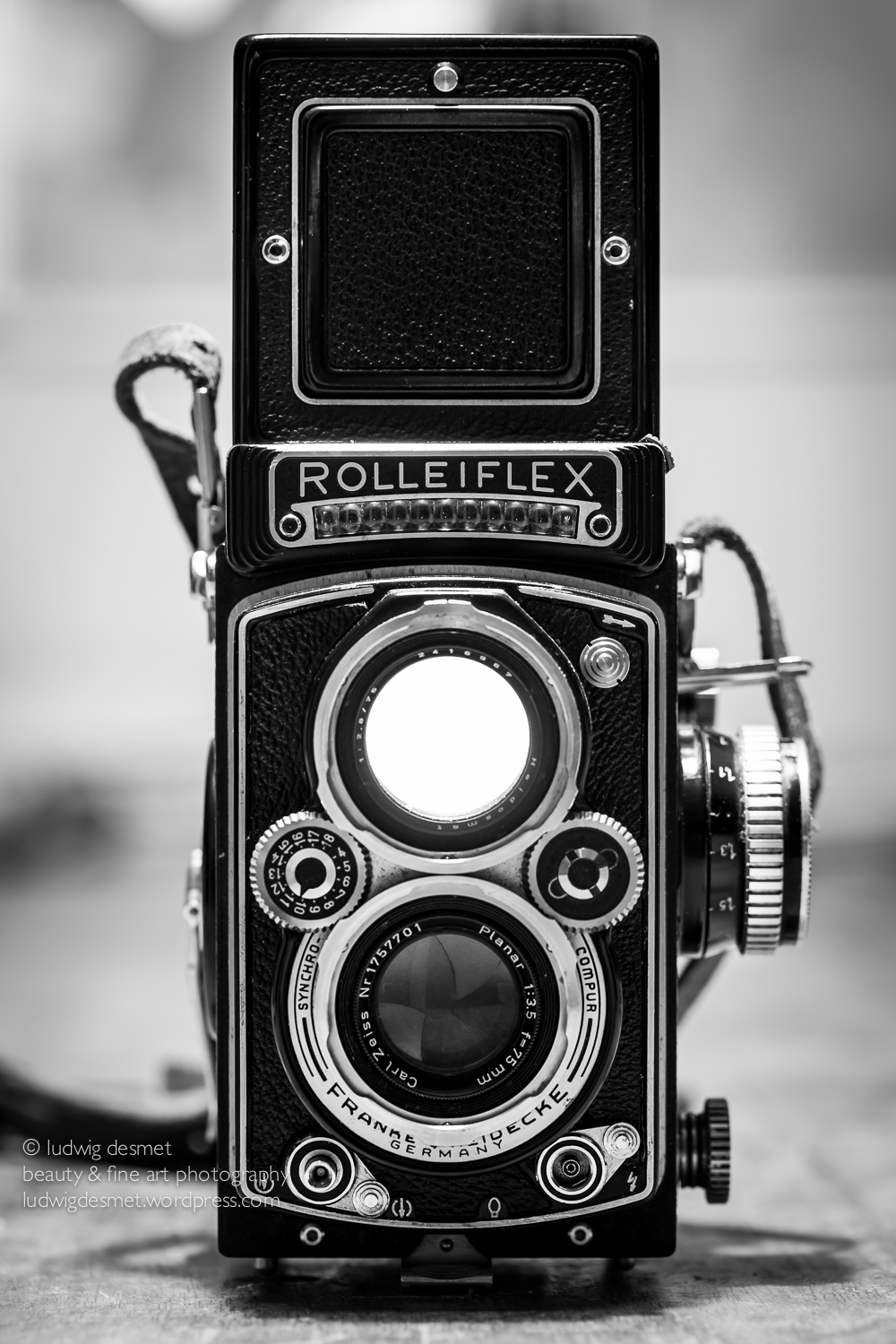
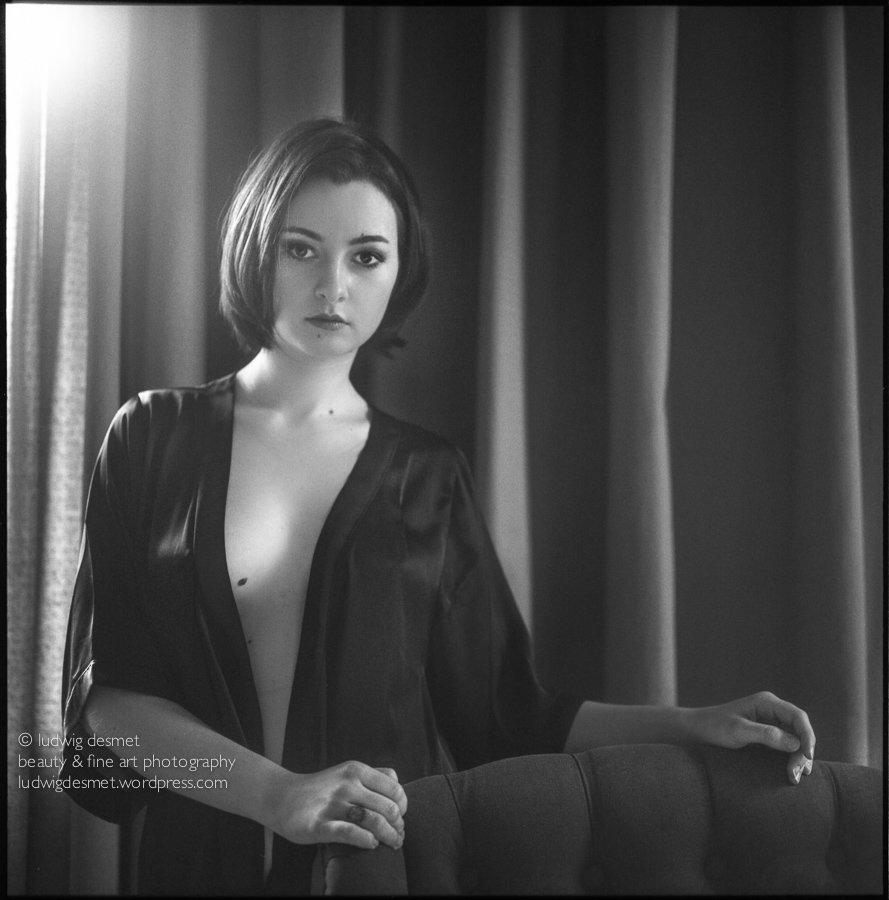
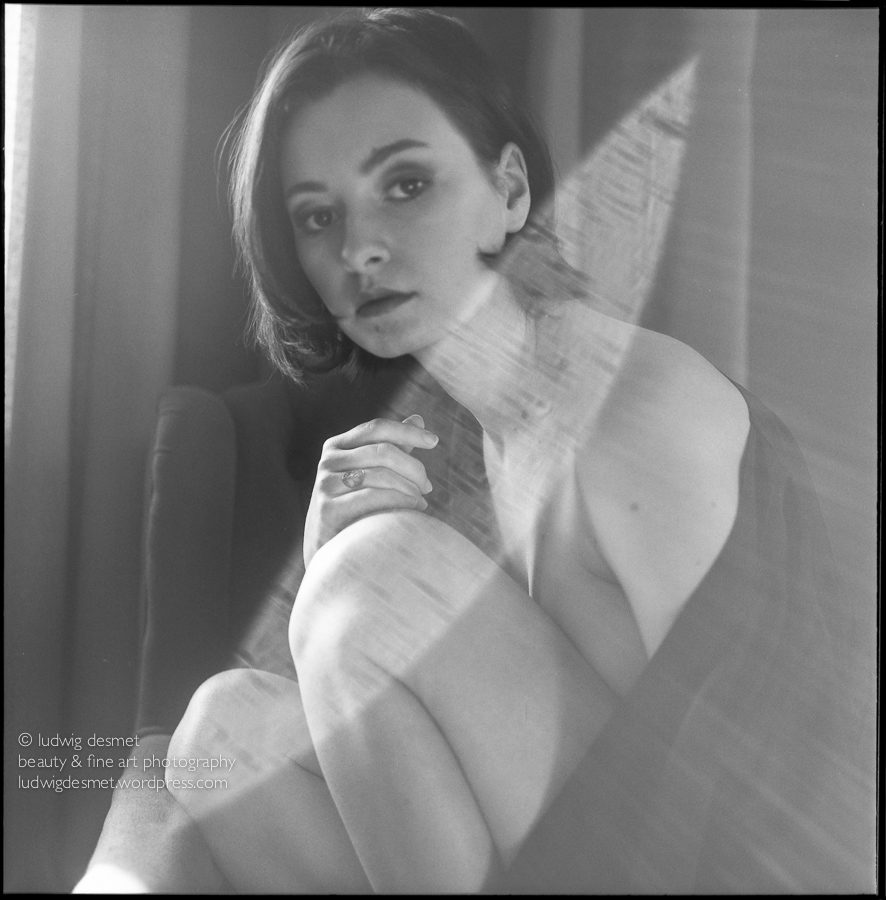
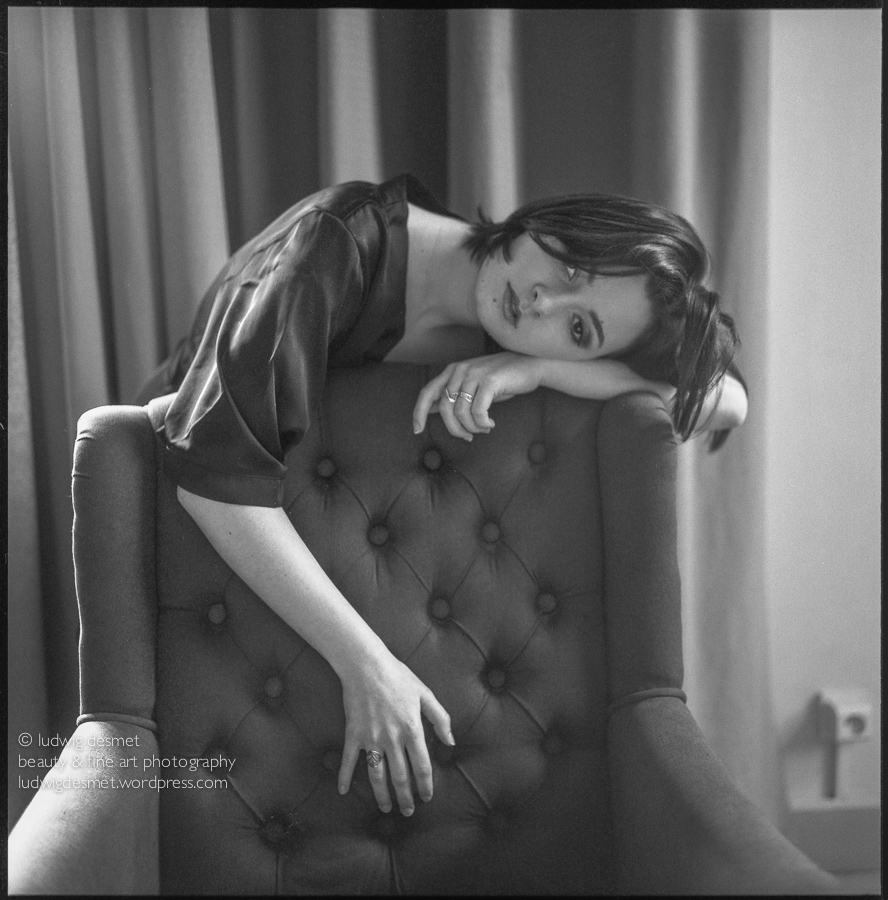
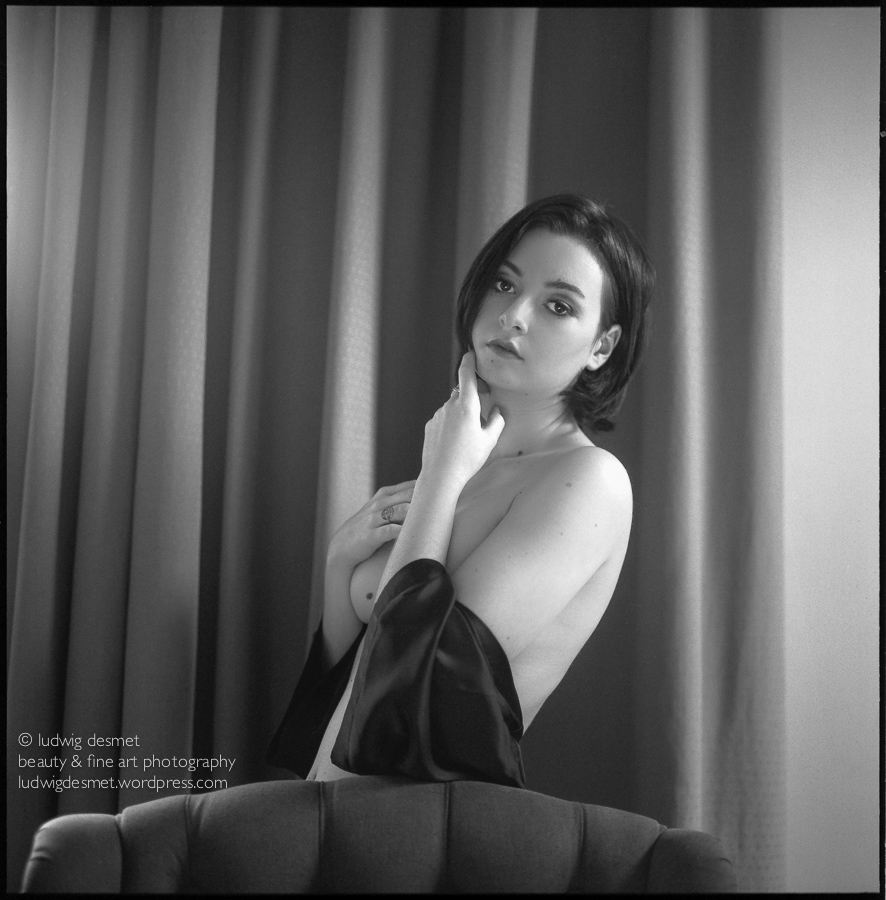
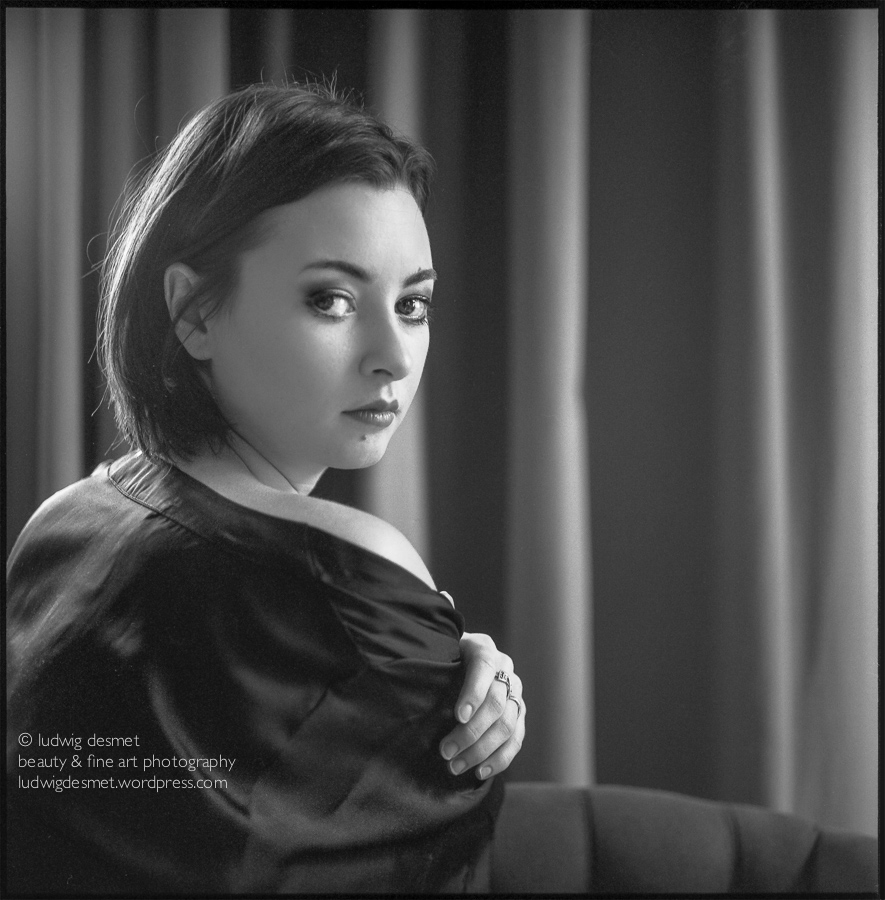
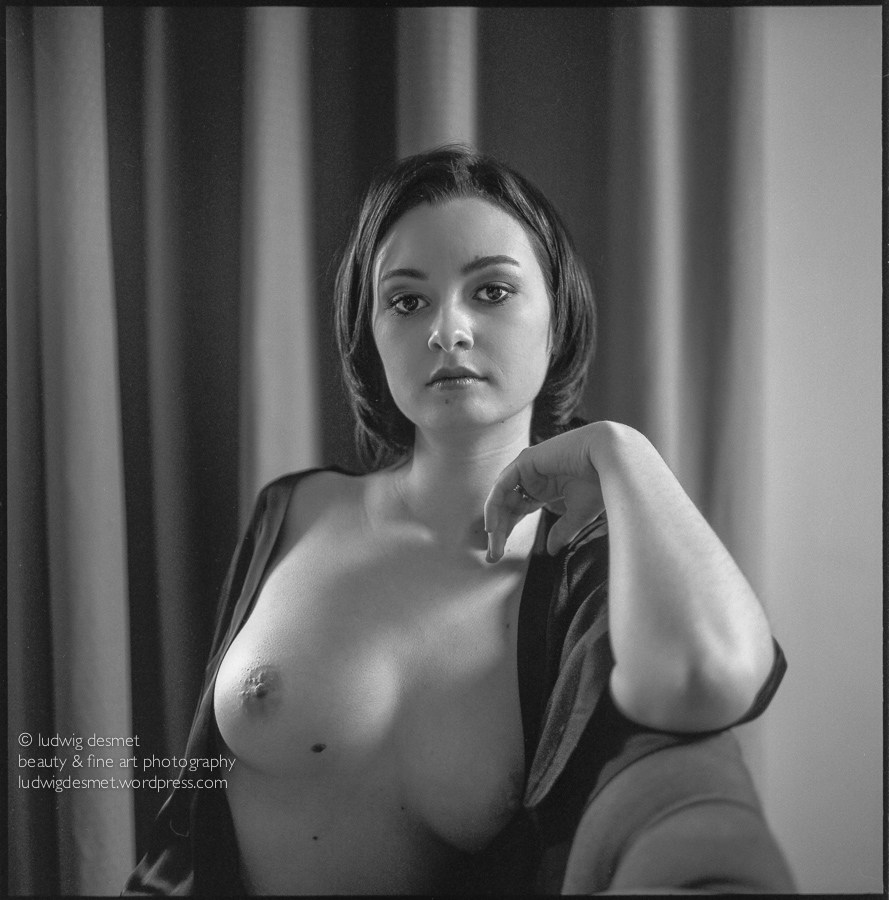
Good work with the backlighting. It fits the shoot well.
very very nice 😉
Nice shots ! Ludwig, what resolution did you take to scan your images ? And where did you go for reparation/restauration of your TLR ? Mine (not a Rolleiflex, but a Japanes clone (Walzflex I)) suffers from film obstruction when forwarding the film after taking pictures….
Hi Tom, thank you, I scan them at 3200 dpi on an epson perfection 3170 Photo scanner. I have been to Campion second hand shop at Rue St. Boniface in Brussels (ixelles) but I don’t think they deal with repairs themselves. …